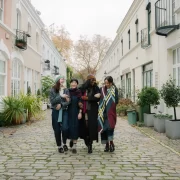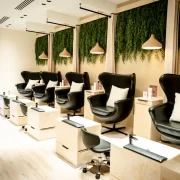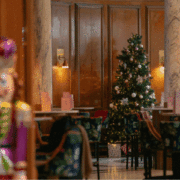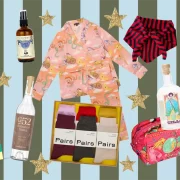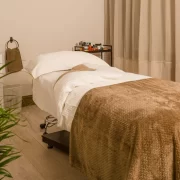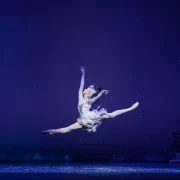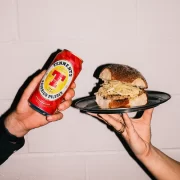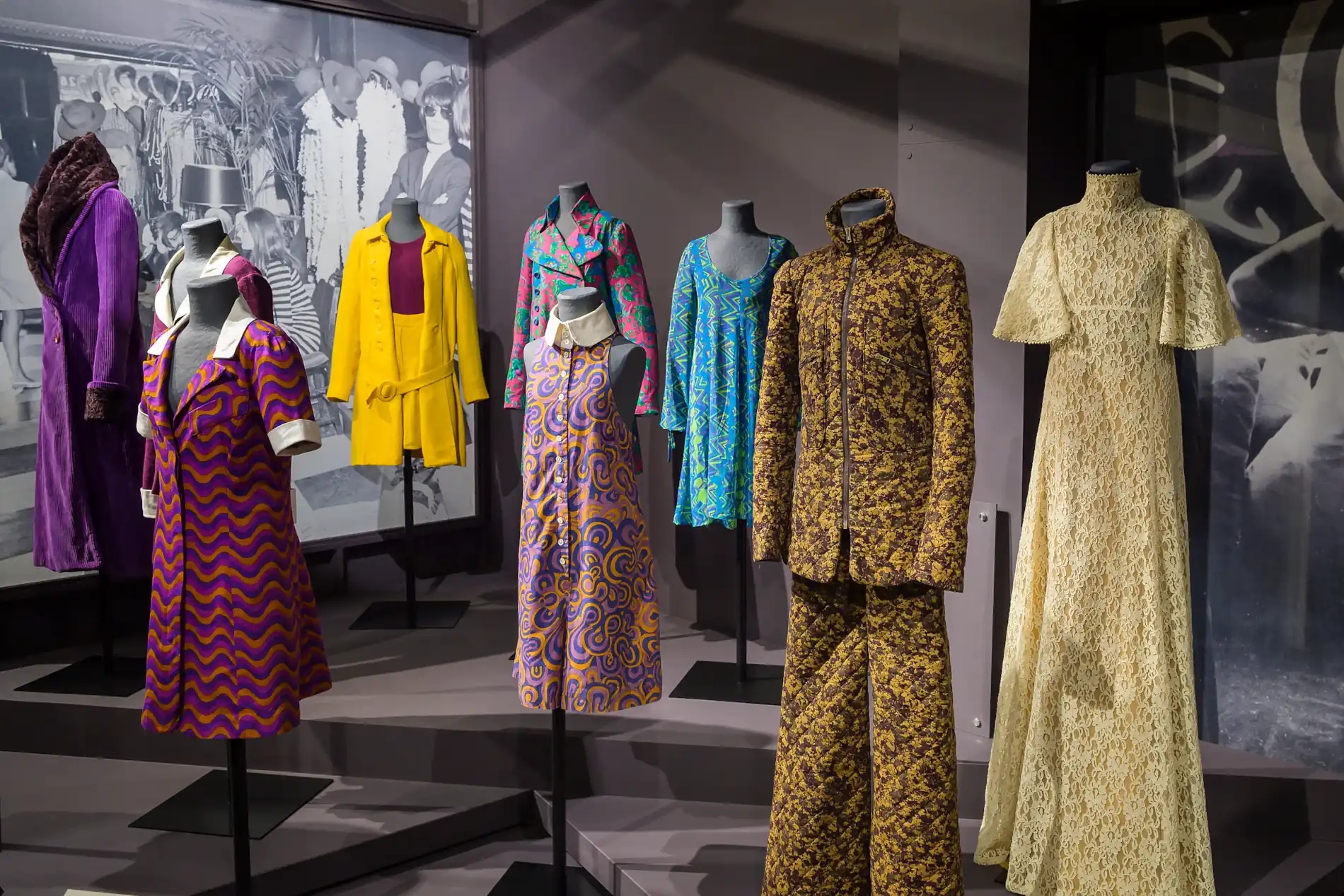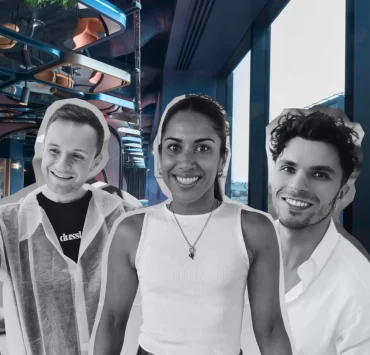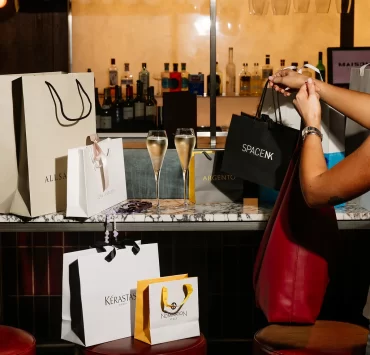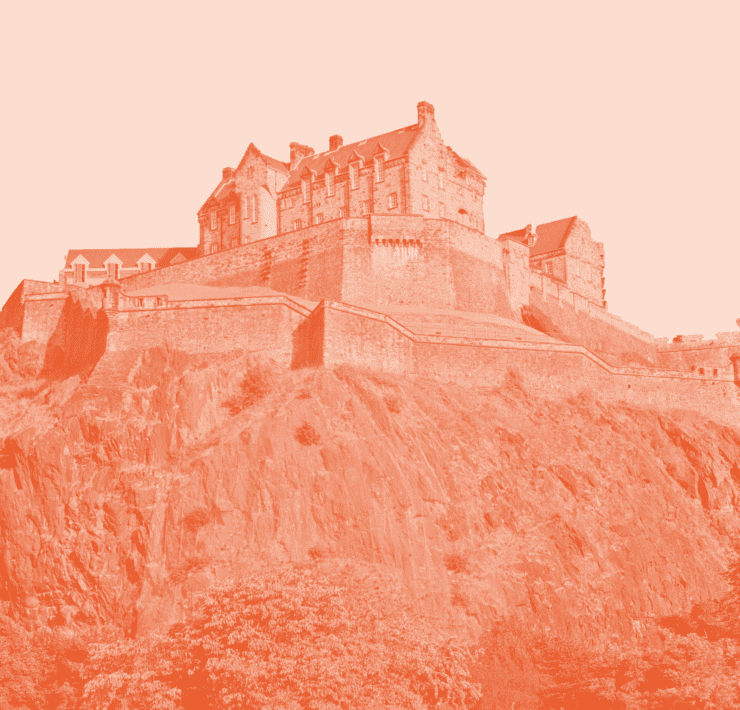Though it lasted just over a decade, Biba’s impact on British fashion was seismic. Next year, Dovecot Studios Edinburgh will celebrate the label’s extraordinary legacy with The Biba Story: 1964–1975. Opening 6 February and running until 27 June 2026, the exhibition charts how Barbara Hulanicki transformed a Kensington corner shop into “Big Biba” – a seven-storey lifestyle department store that remains one of the most influential experiments in retail.
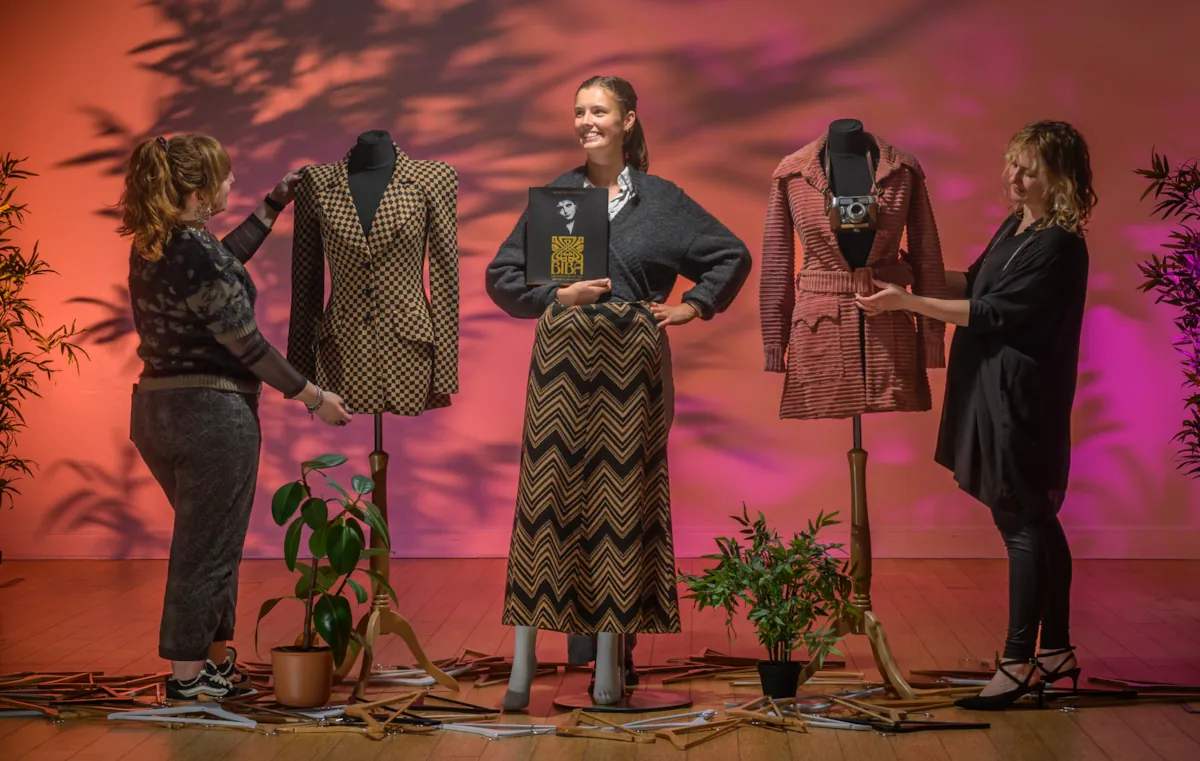
Founded in 1963 as a mail-order company, Biba was born out of Hulanicki’s vision to create affordable clothes for young women who were hungry for fashion that reflected their world. Within a year, she opened her first boutique on Abingdon Road, Kensington, and it quickly became a mecca for the Swinging Sixties set. Teenagers and debutantes mixed with celebrities – Twiggy, The Beatles, Mick Jagger, Cher and Anita Pallenberg – all eager to buy into the Biba experience.
From the very beginning, Hulanicki’s philosophy was about much more than selling garments. As she herself explained in 1970: “It isn’t just selling dresses, it’s a whole way of life.”
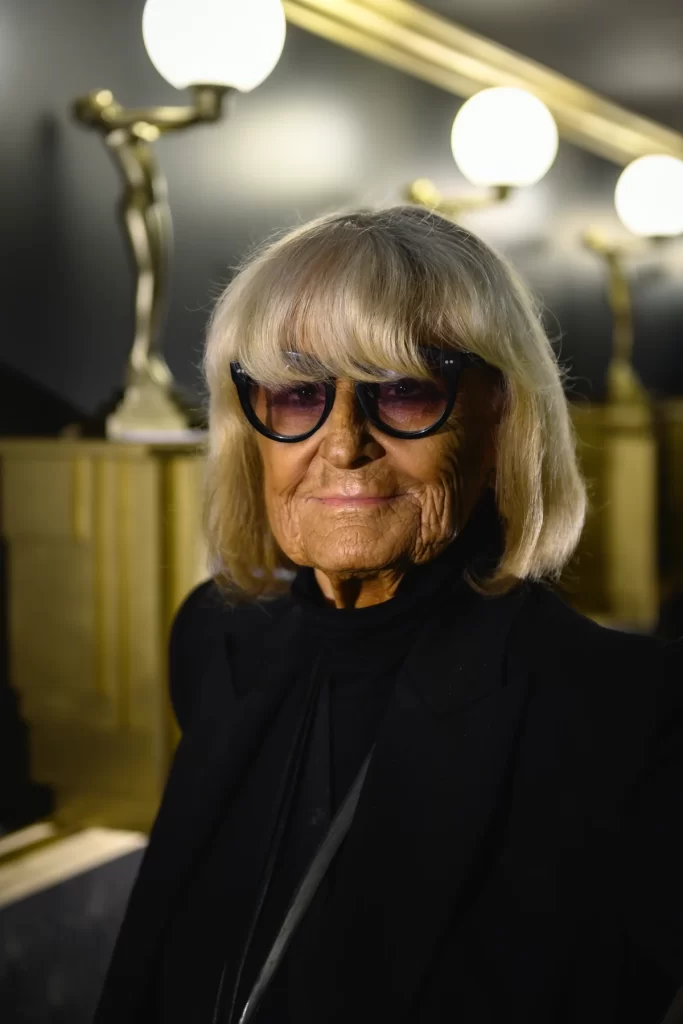
That ethos shaped every aspect of Biba. The boutiques were immersive spaces – dimly lit, with Art Nouveau mirrors, plants, music and communal changing rooms – that felt closer to private clubs than high street shops. The approach culminated in 1973 with “Big Biba”, a sprawling department store on Kensington High Street that sold everything from furniture and cosmetics to children’s clothes and even baked beans, all styled in the glamorous Biba aesthetic. Customers could sip tea in the roof garden alongside flamingos or spend the evening watching the New York Dolls in the in-house Rainbow Rooms restaurant.
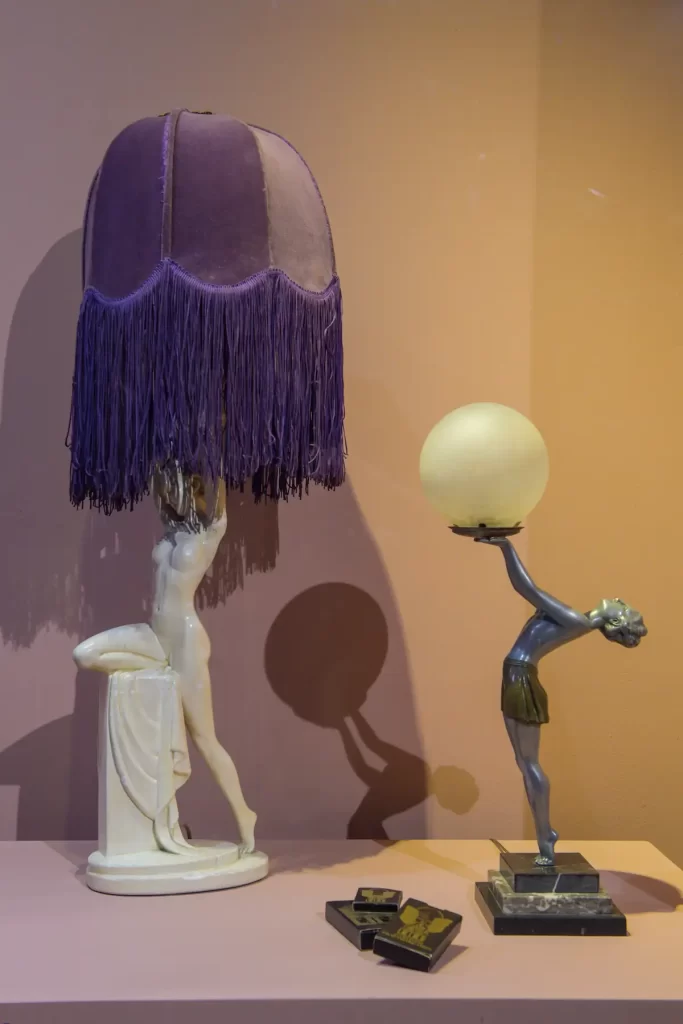
The exhibition at Dovecot will bring this world to life through original clothing, archival photographs and rare materials, many personally chosen by Hulanicki, now aged 88. From the first simple shift dresses to sequinned bodices, leopard print coats, trouser suits and feather boas, the collection traces Biba’s rise from catalogue pages to a full-blown lifestyle empire.
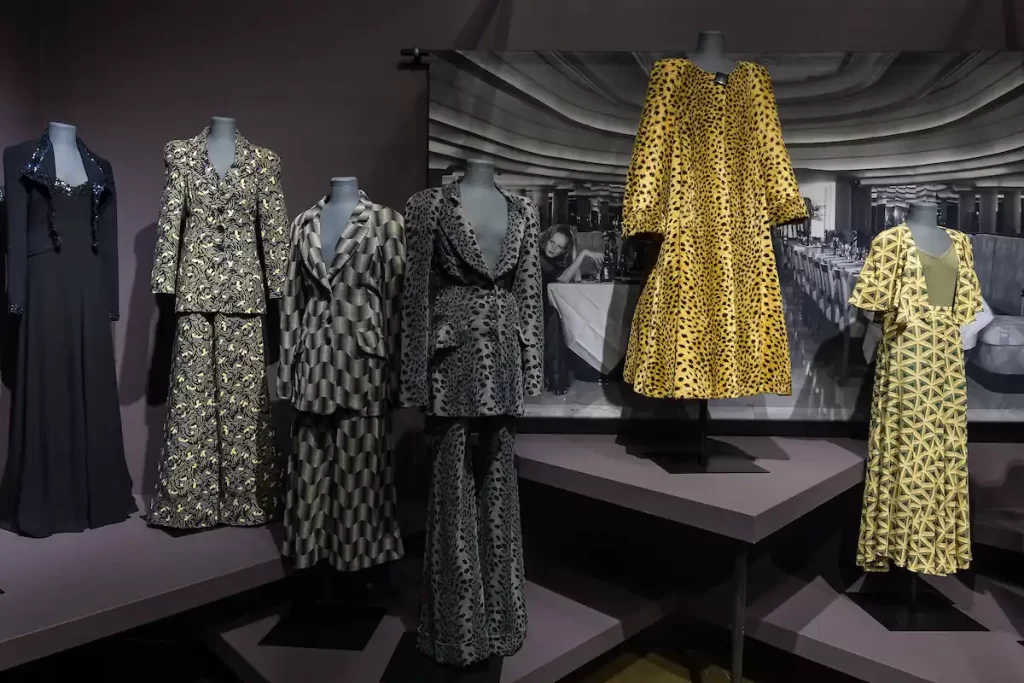
Few brands have had such a lasting cultural impact. Twiggy reflected in 1997: “There should be a plaque on 87 Abingdon Road. It transformed the way the ordinary girl in the street dressed… it was a tiny corner shop, an old chemist in a quiet residential street. But before long, Biba was Mecca to everyone from shop girls to debs. Not only did the clothes look amazing, you could afford to buy something every week.”
Annie Lennox echoed the sentiment in 2013, describing how important the label was beyond London: “Biba led the way for those of us young girls living in provincial places where we felt we were dying of drabness. She was the first person to introduce colours like mulberry, plum, rust and blueberry… and she reinvigorated herringbone tweed, gangster hats and 1930s satins… to die for.”
Biba was pioneering in other ways, too. Early on, Hulanicki produced a cosmetic line for Black skin – a first in British beauty – and advertised in the gay press, decades before luxury fashion houses embraced diversity. The catalogues, meanwhile, doubled as editorial, showcasing how to wear and style the clothes when Vogue refused to feature the label for being “too cheap.”
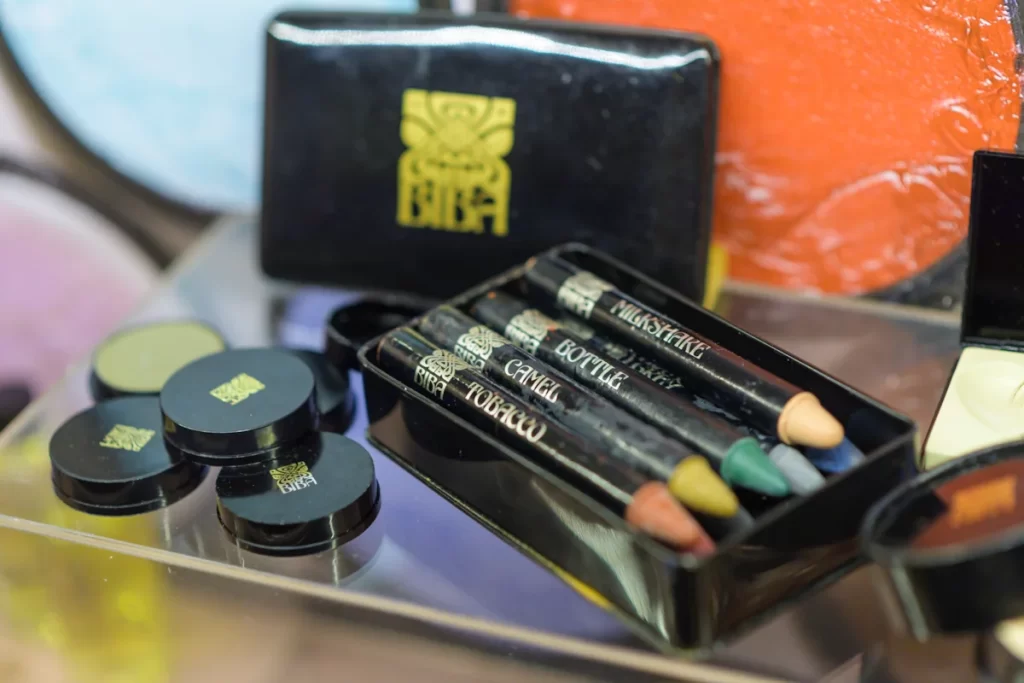
To celebrate the exhibition, Dovecot has launched Bring Oot Your Biba, a campaign encouraging Scots to share their own memories, garments and photographs from the 60s and 70s. These contributions will form an online archive, showing how Biba’s reach extended far beyond Kensington into wardrobes across the UK.
The exhibition programme also includes preview talks, fashion history events, a retail showcase and, for devoted fans, a book signing with Barbara Hulanicki herself – a rare opportunity to hear directly from the woman who made it all happen.
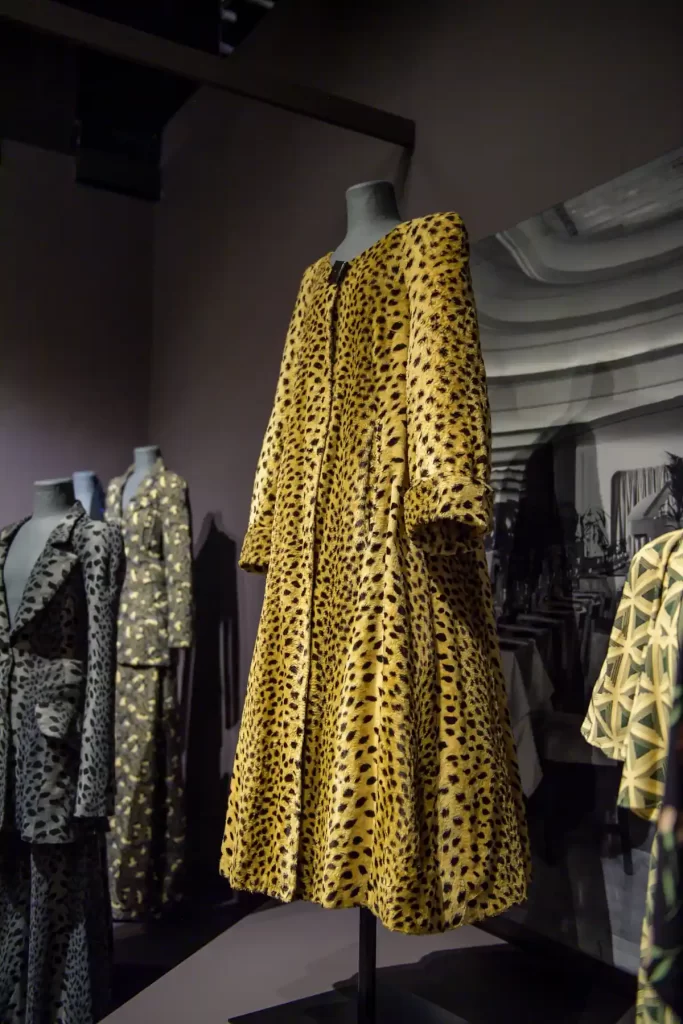
Though the original Biba closed in 1975, its influence is still felt today. The idea that fashion should be accessible, experiential and aspirational all at once has been absorbed by countless high street and luxury brands. Yet no one has ever quite recreated the alchemy of Biba.
As Heather Carroll, Exhibitions Manager at Dovecot, puts it: “Dovecot is excited to have the opportunity to display these fantastic archival pieces of clothing, original photographs, and material all of which have been personally chosen by Barbara Hulanicki and to interpret them for new audiences.”
Half a century later, The Biba Story offers the chance to step inside an era when fashion wasn’t just about what you wore, but how you lived – and to rediscover a label that turned shopping into spectacle.
The details:
Where: Dovecot Studios, 10 Infirmary Street, Edinburgh EH1 1LT
When: 6 February – 27 June 2026
Opening hours: Monday to Saturday, 10:00–17:00
How much: £12.50 adults / £10.50 concessions
For information and tickets, visit dovecotstudios.com.


